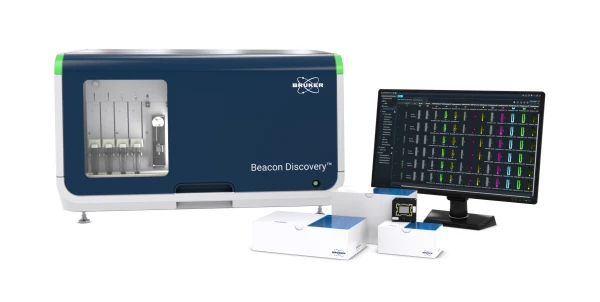A Focus on Cold Storage and Temperature Control Products for the Modern Laboratory
Here in the Northern Hemisphere, Summer is nearing the end and the warm weather is soon to follow. With impending cold weather on the horizon, it seems only fitting to discuss Cold Storage and Temperature Control technologies and new product solutions.
Although the technologies and functional aspects of cold storage and temperature control devices are quite distinct, there are several key factors in common that relate to determining the right solution for you needs.
First and foremost, the temperature range of the device must match the needs of the samples. Reagents such as enzymes and biochemicals are suited for general freezer temperatures of -20 to -30°C. Whereas, cell cultures, tissue samples, and viruses require ultra-low temperature (-45 to -86 °C) cryogenic conditions. Temperature dynamics also play a role in selecting the right warming bath or chiller, in addition to temperature range compatibility with the samples.
Another common consideration is temperature sensitivity and sample safety. Baths and chillers need to function under conditions that support the sample without compromising safety through the threat of contamination or other insults. Cold storage devices must preserve the integrity of the sample by minimizing temperature variations and the treat of device failure.
Yet another important commonality is energy usage of the device and long-term performance. Energy efficiency has obvious cost benefits, but also has implications such as the requirements of battery backup during instrument downtime. Along similar lines, factors including space requirements, noise and heat emissions, as well as diagnostics and repair have effects on efficiency as well.
Of course, there are obvious distinctions between these devices. Regardless, modern products offer innovative features such as remote user control, advanced data logging and access, as well as significant enhancements in performance to customize the user experience.
In this edition of the LabX Product Review newsletter, we explore several new products and technologies that are breaking new ground in the cold storage and temperature control territories.
We start by exploring the 2017 TSX Series of Ultra Low Temperature freezers from Thermo Scientific. The use of an optimized V-drive variable speed compressor, a new touchscreen multi-functional interface, and high efficiency energy requirements make the case for upgrading from older technology compelling.
A subsequent article explores the new Unistat line of thermoregulation devices from Huber. The range of sizes and scales, as well as the extensive catalog of over 60 devices, showcases the elaborate versatility and performance of Unistat technology.
The innovative cold storage devices from Z-SCI Biomedical, and the keen focus on safety and reliability, are detailed in a subsequent article. Jean Fallacara, President and CEO, talks about the design objectives of these products and the focus of the brand.
We hope you find all of this content informative and please take a look at each upcoming edition as the newsletter focus changes on a monthly basis.










